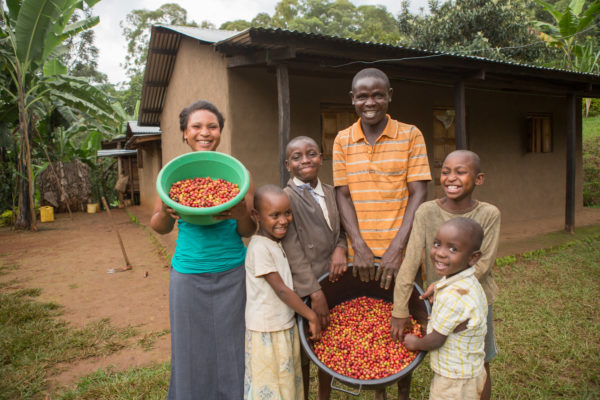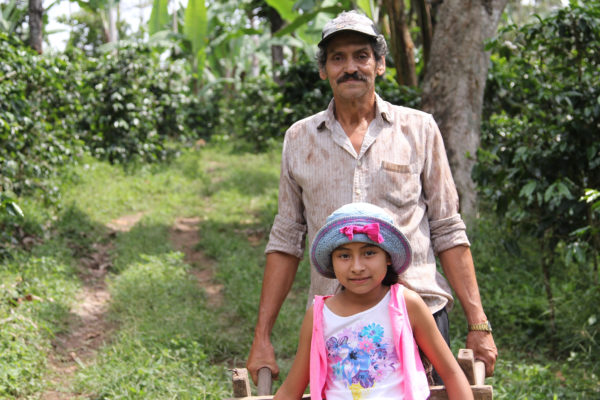Around the world, people consume 2 billion cups of coffee a day. (Source) With the average cup of coffee requiring about 70 coffee beans, that means the world's coffee farmers have to produce a lot of coffee supply to keep up with the world's coffee demand.
Because coffee is so popular worldwide, you might think coffee farmers make lots of money, but that's just not true. In fact, around the world, coffee farmers are among the world's poorest people. If that surprises you, read on to learn five more things you may not know about coffee — and be sure to read to the end to learn how you can make a difference.
1. More than half of Americans consume a cup of coffee every day.
An estimated 54 percent of Americans over the age of 18 consume coffee on a daily basis. We are so passionate about it we've even fashioned a whole dialect around ordering it from coffeehouses.
Even though coffee is big business, about 80% of the world's 12.5 million coffee farmers live in poverty. (Source)
2. Coffee is highly profitable… just not for most coffee farmers
According to the National Coffee Association (NCA), the U.S. coffee market alone is worth an estimated $48 billion. However, most smallholder coffee farmers only see an estimated 10 percent of the final retail price of their coffee.
Because of this, many coffee farming families experience what they call "the lean season." The months between when last harvest's crop has been sold and the new harvest has yet to come in is "the lean season." It is an excruciating time when farming families are forced to eat less, eat less expensive foods, or borrow from their friends, neighbors or their cooperative, and repay that debt during the next harvest — entering a cycle of debt.
3. Coffee begins as a cherry, NOT A BEAN!

To be fair, it begins as a flower, which eventually leaves behind dark green coffee cherries. As the cherries ripen they turn from green to yellow and, eventually — at full ripeness — a rich red. This is when they should be picked to produce the best quality coffee. But unfortunately, many farmers can't afford to wait for fully ripened coffee cherries.
Instead, many pick immature cherries from their trees in a rush to sell them off to feed their hungry children. In the end, this practice drives farming families even deeper into the cycle of poverty because underripe cherries don’t produce high quality coffee and don’t sell for a good price – but it's what many coffee farmers have to do to survive.
4. Climate change is making coffee harder to grow.
Coffee trees require very particular conditions to grow and thrive. Coffee is typically grown at high elevations with moderate climates. But the world is getting warmer, forcing farmers to move higher in elevation to produce a decent yield. The further up farmers go, the less land there is for farmers to work. This problem affects coffee farmers around the world, making it harder to produce the crop and earn a living.
5. If you don't help coffee farmers, coffee could become extinct.

In addition to the effects of climate change, the effects of generations of poverty are taking a toll on coffee farmers. In many places, coffee is a generational crop. Today's farmer learned it from their parents, who learned it from their parents, and so on. But many in the next generation don't want to grow coffee like their parents and grandparents before them. Fewer coffee farmers means that someday our favorite drink may not be available to us, and an important source of income may not be available to the world's poorest families.


